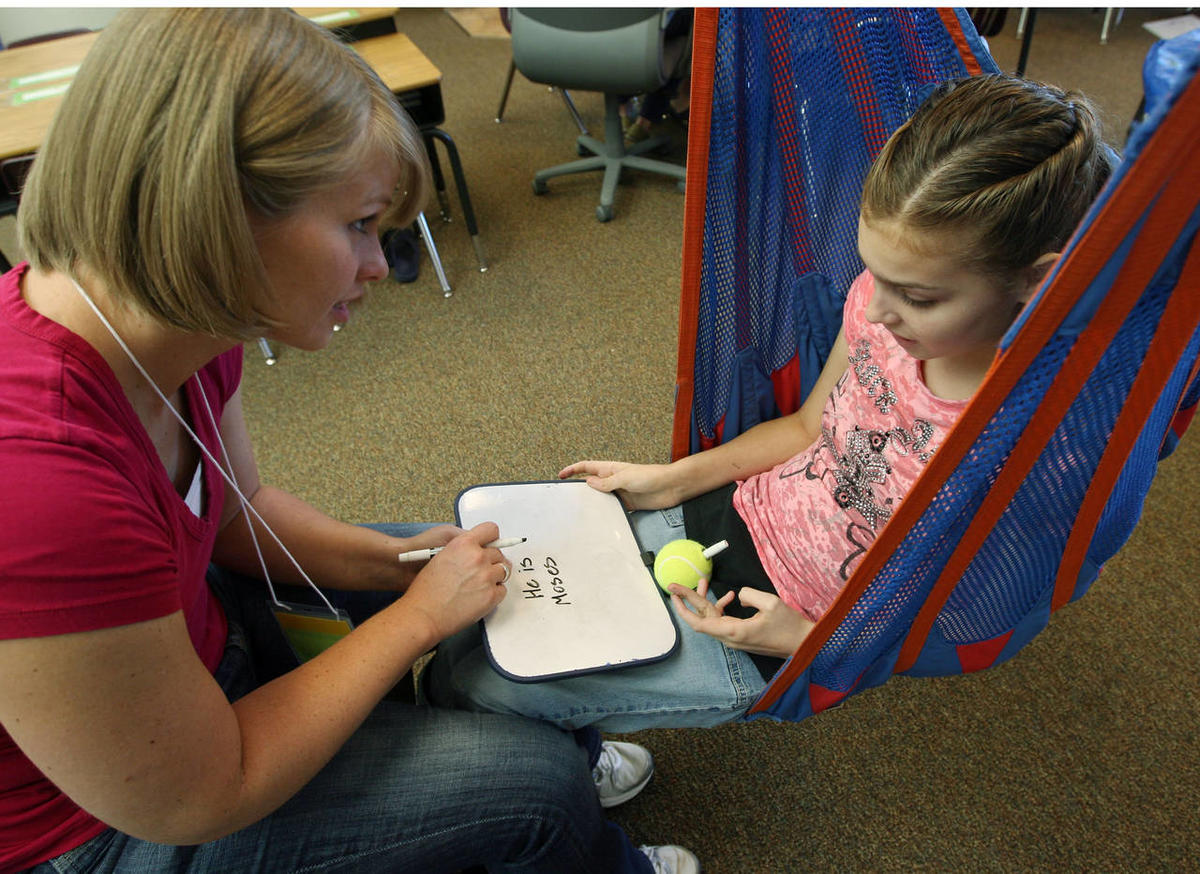 With advancements in medical technology and research, millions of parents are gaining insight into their children with special needs.
With advancements in medical technology and research, millions of parents are gaining insight into their children with special needs.
New treatments and protocols are developed each day in order to help families give their children the very best start in life.
Now, a new treatment is being studied for a disorder that affects thousands of children – and the results are amazing.
Autism or autism spectrum disorder (ASD) is the name given to a wide range of behavioral and social issues and can involve delays in speech and communication, repetitive behaviors, and difficulty with social skills, according to Autism Speaks.
While researchers have a lot to learn about the many types of autism, it is a primary area of research for medical professionals who are seeing a continuous spike in diagnoses.
Autism affects about one in 45 children and is thought to be caused by a combination of genetic and environmental factors.
Often, changes in the brain will develop in babies during pregnancy, however, most children are not diagnosed until their toddler and preschool years.
Though rare, some infants as young as three to six months will show signs of autism, such as not making eye contact, missing early milestones, and repetitive behaviors.
Now there is good news on the horizon for parents of the youngest children who are concerned their child may be showing signs of the disorder.
Researchers have found in recent studies that surprising improvements – even a total reversal of symptoms – can take place with early intervention.
And the best news of all – these therapies are completely safe and even fun for parent and child.
Why? Because it simply involves taking cues from the infant or toddler during playtime with Mom and Dad.
Researchers have seen promise in what is called the “Denver Model” for treatment of very young children, even infants.
This model targets children between one and four years old but can be used earlier with infants who exhibit signs of autistic behavior.
The basis is using play to build positive relationships and increase language, social and cognitive skills.
This “therapy” uses opportunities presented during play and everyday activities where parents are taught by professionals how to interact and communicate with their children to “rewire” the brain.
One part of the approach that has garnered a great deal of positive feedback from parents and has shown great promise in treating symptoms is the use of videos.
Children who show signs of autism are recorded playing with their parents, siblings, or caregivers.
The videos are then watched during several sessions by the parents as a trained therapist shows them certain cues in the child’s behavior and suggests an appropriate response.
“The parent studies these videos alongside the therapist and learns how to be able to better interpret the child’s often indirect and unusual communications – to see that, behind the unusualness, what the child is actually intending to communicate is often just like any other child,” said lead researcher Jonathan Green of the University of Manchester, according to NBC News.
Studies have been conducted in the U.K. for several years and researchers are finding this approach has long-term benefits.
“To our knowledge, this study is the first study to report long-term symptom outcomes…This type of early intervention is distinctive in being designed to work with parents to help improve parent-child communication at home,” said Green.
The researchers note that this therapy is not a cure, but the results show much hope for further study in the reduction and delay of severe symptoms.
They note that the approach has a great advantage in that children are working with those they trust most in their home environment.
Because parents are directly involved, responding appropriately to behavioral cues immediately when they occur and with consistency can make a world of difference.
The therapy was not found to help with all behaviors, such as anxiety or anger issues related to the autism spectrum.
Children may still need more traditional forms of intervention, such as occupational therapy with a professional, and symptoms may overlap with other disorders such as Attention Deficit Hyperactivity Disorder.
But the findings show that when this interactive therapy is started young – especially since it is a natural approach that just enhances parents’ understanding of how their child is communicating at home – the results can be amazing.
Experts say much more research is needed, but for now, the results of this long-term study are welcome news to parents who struggle to help their child with autism.
What do you think of the results of this simple technique to slow or reverse symptoms of autism? Leave us your thoughts.
